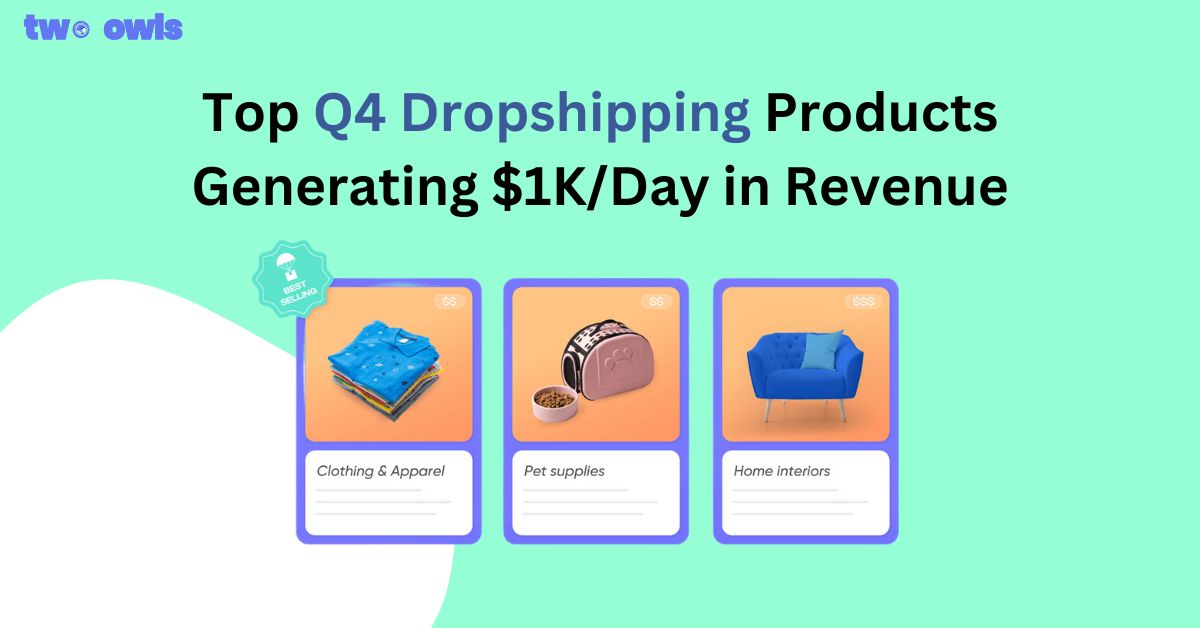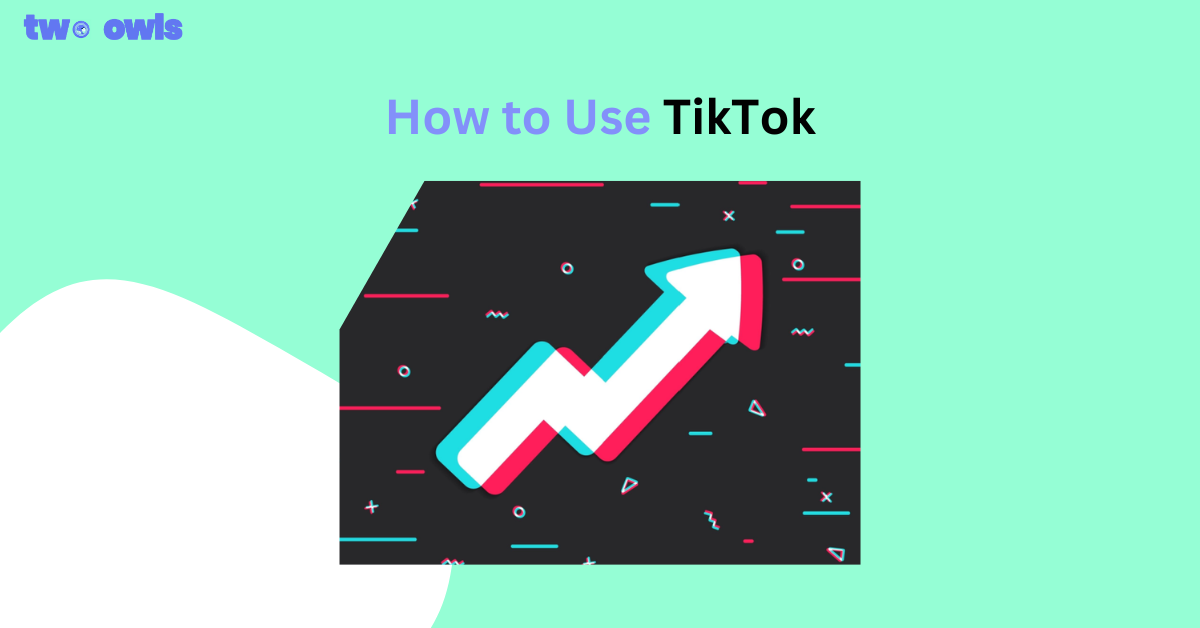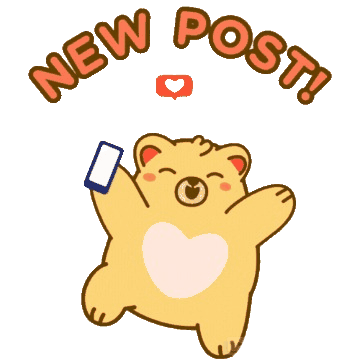Tracking External Factors That Impact Campaign CTR
Marketing campaigns don’t operate in isolation. Even the most well-designed ad can perform differently depending on what’s happening outside the campaign itself. External factors, such as economic changes, public sentiment, news events, etc., play a larger role in influencing click-through rates (CTR) than many marketers realize.
Understanding and tracking these factors can help make campaigns more adaptable and effective. Tracking these influences isn’t just about reacting to outside events; it’s about developing awareness of how audience behavior shifts with context.
A sudden surge in online conversations, a public controversy, or even changes in weather can reshape how people view and engage with ads. When marketers consistently track these patterns, they can identify opportunities to refine timing, messaging, and placement before performance declines. This proactive approach helps campaigns stay steady even when external conditions fluctuate.
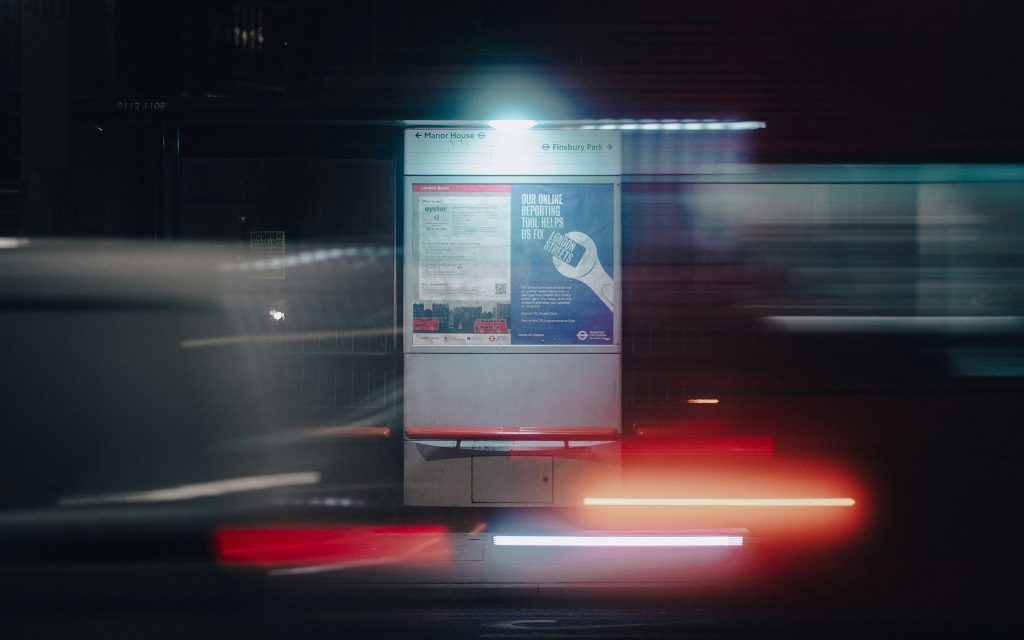
Why External Factors Matter
CTR is a key performance metric that reflects audience engagement. As noted by Search Engine Land, it also helps you fine-tune A/B testing, improve rankings, inform ranking signals, increase conversion rates, etc. Understanding these patterns is the key to building an effective SEO campaign.
However, shifts in CTR can’t always be attributed solely to the ad copy or visuals. Sometimes, a sudden drop or rise in clicks is tied to something happening beyond the brand’s control. For instance, changes in consumer confidence, political developments, or industry-wide controversies can alter how people interact with online ads.

Consider the example of Uber, which is facing immense negative influence due to a lawsuit. According to TorHoerman Law, many consumers have filed complaints that Uber drivers sexually assaulted them. Thus, customers have now become more sensitive to carpooling ads.
The number of lawsuits was so high that they are now consolidated into a multidistrict litigation (MDL). Anyone who faces assault can file an Uber lawsuit and seek help from an attorney. In such a scenario, an ad by Uber won’t do much good for its CTR.
This kind of indirect impact can distort CTR data, making a well-performing campaign appear less effective. When marketers fail to account for such external influences, they might draw the wrong conclusions from their analytics. To accurately interpret performance, brands must separate the effects of internal elements from the noise created by external factors.
Competitor Activity and Market Saturation
Competitor activity can quietly influence your campaign’s click-through rate (CTR) more than you might expect. When several brands target the same audience with similar messages, users often become desensitized to the ads, resulting in lower engagement. On the other hand, periods of low competition can increase the visibility and performance of your campaigns.
Tracking competitor activity helps you understand when the market feels saturated. Tools that monitor ad placements or impression share can reveal how crowded your audience’s feed is. It also helps to observe trends such as the frequency of discounts, product launches, or special offers from competitors. If everyone is running aggressive promotions simultaneously, your ads may struggle to stand out.
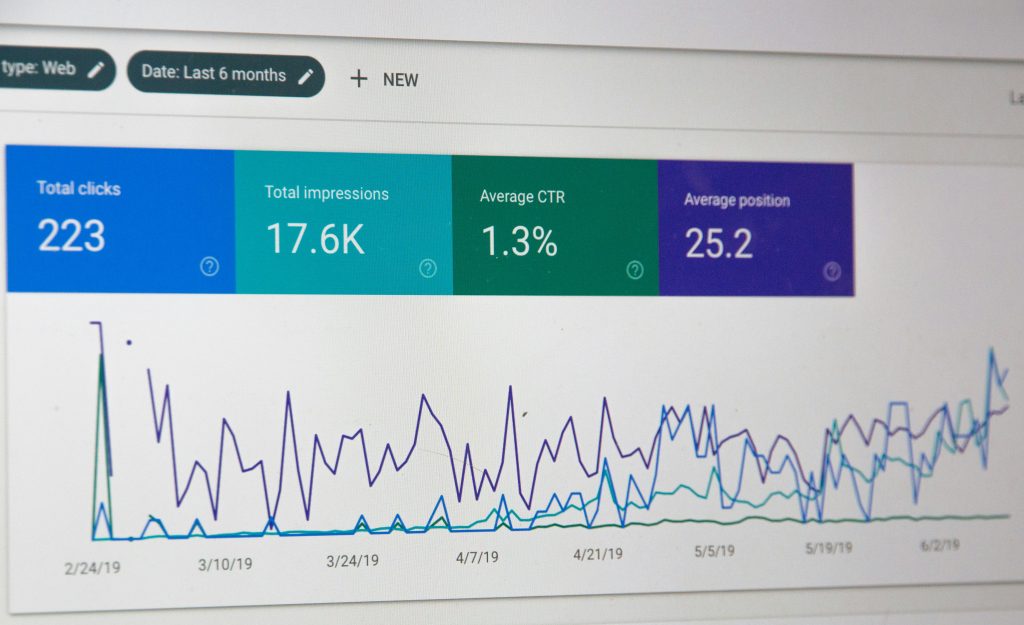
Adjusting your timing or creative strategy during these busy periods can make a real difference. A strong headline, distinct visuals, or a unique value proposition can help your ads stand out even when competition is high. Regularly reviewing your competitors’ moves allows you to identify quieter windows to launch your next campaign, giving your CTR a better chance to grow.
Seasonal and Economic Influences
Seasonal behavior shifts are among the most predictable external influences on CTR. Ads for travel, food, or entertainment often perform better during holidays or vacation periods. On the other hand, B2B campaigns might see stronger engagement at the start of a fiscal quarter.
A Frontiers study also concluded that the timings of synced ads are critical. The study was conducted to find the effects of size and timing on mobile ads. It was found that when synced mobile ads are shown after TV commercials, they aid brand recall. On the contrary, ads shown simultaneously had no significant impact on brand recall.
Unexpected economic changes, such as inflation spikes or interest rate hikes, can quickly alter consumer priorities. In such moments, even high-intent audiences might click less often because they’re delaying purchases or reevaluating spending.
Tracking economic indicators can help anticipate CTR fluctuations. For instance, brands targeting luxury buyers can monitor stock market trends, while those in retail might look at consumer sentiment indexes. These insights provide context for CTR changes, ensuring that adjustments to campaign strategy are based on real-world conditions rather than assumptions.
Cultural Events and Trends
Cultural moments shape what audiences pay attention to, and understanding these patterns can help improve your campaign’s CTR. Events like sports finals, award shows, or major festivals often dominate online conversations. When your campaign connects naturally with these topics, it can draw more engagement from users who are already emotionally invested in those moments.
Trends also matter. Viral challenges, new movie releases, or emerging social media topics can shift user interest within hours. Staying aware of these changes helps you time your campaigns for maximum visibility. However, it’s important to ensure your message aligns with the tone of the event or trend. Forced associations can come across as opportunistic, whereas genuine connections resonate more effectively.
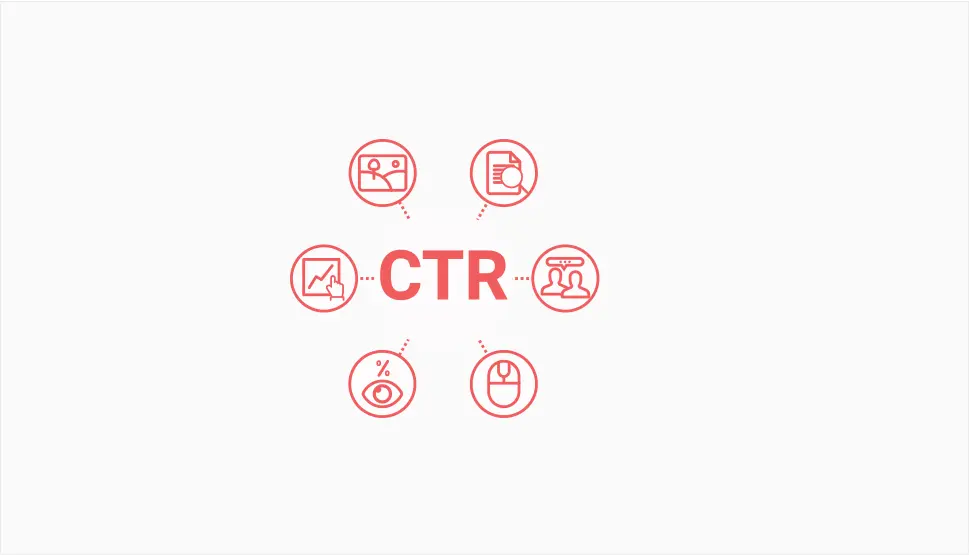
Building a calendar of upcoming cultural events can make campaign planning easier. It also helps to monitor trending hashtags and online discussions to spot potential opportunities early. When your brand’s message feels relevant and timely, your CTR tends to rise because users see your ad as part of a larger, meaningful conversation.
Media Coverage and Public Sentiment
News cycles can significantly impact online behavior. Major headlines can significantly influence search trends, shift attention, or even alter the perception of certain messages. When a topic receives extensive coverage, related keywords or themes can either benefit from the increased visibility or suffer from audience fatigue.
A primary example of this is the consumption of online news. It was found that using negative words in news coverage increased consumption. According to an NCBI study, each extra negative word in a headline of average length led to a 2.3% rise in click-through rate.
Marketers who keep track of trending discussions can adjust their campaigns accordingly. If a brand’s ad messaging aligns with a hot topic, timing becomes critical. Running an ad when attention peaks can boost clicks, while launching it too late might result in low engagement due to saturation. Sentiment analysis tools and social media listening platforms can help identify these shifts early.

The social media listening tools market is growing exponentially because of such use cases. According to Grand View Research, it was worth $9.2 million in 2024. However, it is estimated to grow at a CAGR of 14.3% from 2025 to 2030, to more than double and reach $20.18 million.
Geographic and Demographic Shifts
Changes in geography and demographics can strongly influence campaign CTR. Population movements, regional economic changes, and shifting audience interests all contribute to how people respond to ads. For example, a campaign that performs well in urban areas might not deliver the same results in smaller towns due to differences in lifestyle, internet access, and spending habits.
Demographic trends, such as age distribution, family structures, or job markets, can also influence how users engage with ads. Younger audiences may respond better to short-form, visual content, while older groups might prefer clear, information-based messaging and trust. Tracking these shifts through audience data and analytics helps ensure your campaign remains relevant to its target audience.
Local factors, such as festivals, regional sports events, or local news, can temporarily alter what people care about. Adjusting your ad targeting and messaging to reflect these interests helps maintain steady engagement. As geographic and demographic patterns continue to evolve, regularly reviewing where your audience is most active ensures your campaigns stay effective and your CTR remains strong.
Technological Disruptions and Platform Changes
Technology and digital platforms change more rapidly than most marketing plans can keep pace with, and these shifts can have a direct impact on CTR. Algorithm updates, new ad formats, or changes in platform rules can affect how often your ads are shown and who sees them. For example, an update that prioritizes video content may lower engagement for static image ads if adjustments aren’t made.
Tracking updates from major advertising platforms such as Google Ads, Meta, or TikTok helps marketers respond quickly. Being early to test new ad types or interactive formats often yields better results, as users are curious about new features. It’s also helpful to monitor how audiences adapt to technology, whether they’re spending more time on short-form video, social shopping, or new apps altogether.

Automation and AI-driven targeting tools can provide better performance insights but may also create blind spots if not regularly reviewed. The key is to stay flexible. When your strategy adapts to platform and technology changes, you can maintain healthy engagement levels and prevent sudden drops in CTR.
Frequently Asked Questions
How can weather influence campaign CTR?
Weather can subtly affect how audiences engage with ads. For instance, rainy days often increase online activity, boosting ad visibility and click rates, while sunny weekends might lower engagement. Brands selling seasonal or lifestyle products can benefit from tracking weather data and adjusting ad timing or messaging to suit mood shifts.
Do global events like elections or pandemics affect CTR?
Yes, large-scale global events such as elections or pandemics can greatly alter user attention and priorities. During these times, audiences may focus more on news updates or public concerns, reducing interest in unrelated ads. However, campaigns that adjust tone, relevance, and timing to acknowledge the broader context can maintain or even improve CTR during such periods.
Can influencer activity impact paid campaign CTR?
Influencer actions can indirectly affect CTR by shaping audience opinions and online trends. When an influencer promotes or criticizes a product category, it can shift how people respond to related ads. Monitoring influencer conversations and sentiment around a brand’s niche helps marketers understand when interest spikes or declines, allowing better alignment with audience attitudes.
Tracking external factors provides a more complete picture of why CTR fluctuates and how audiences respond over time. It shifts campaign analysis from guesswork to insight-driven evaluation.
Marketing success depends not only on what a brand says or shows but also on understanding what’s happening around its audience. The more context a marketer has, the smarter their decisions become and the more accurately they can measure the true performance of their campaigns.
Introducing Real-time TikTok event testing - Omega TikTok Pixels
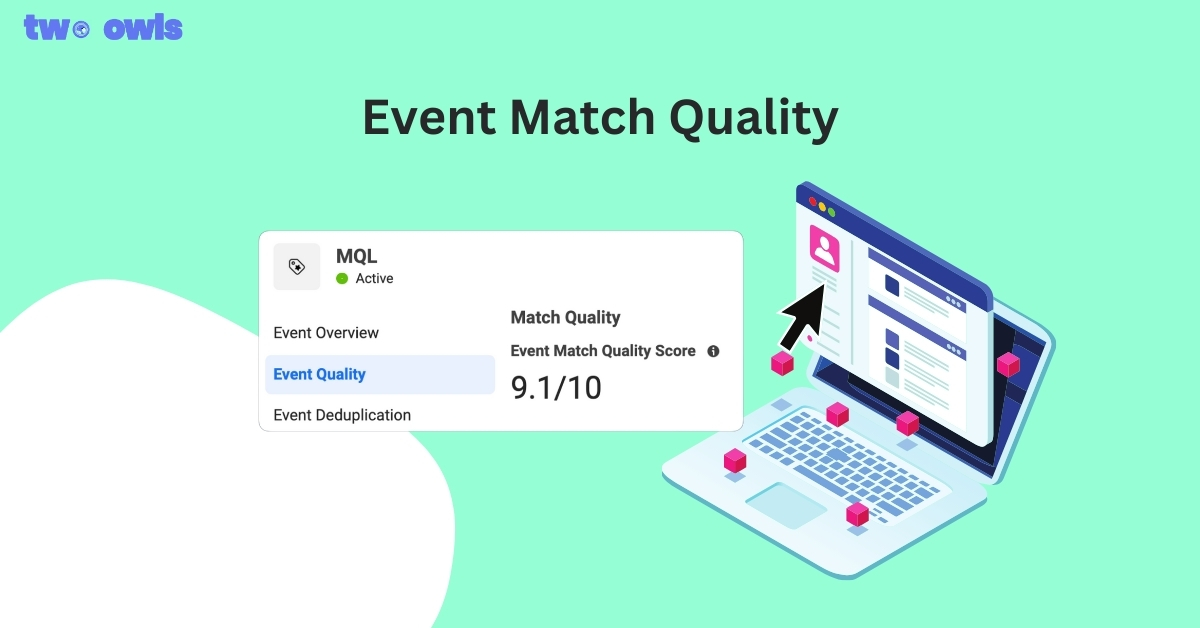
Event Match Quality: Definition, Benchmarks & How to Improve It
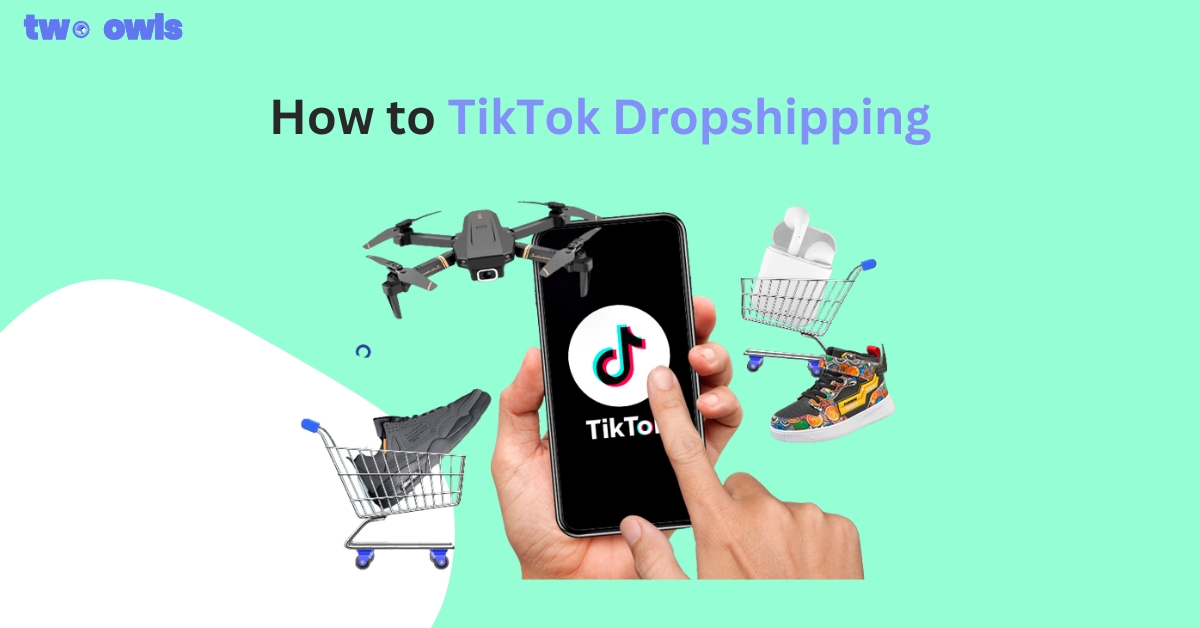
TikTok Dropshipping: How to Build a Profitable Store in 2026
